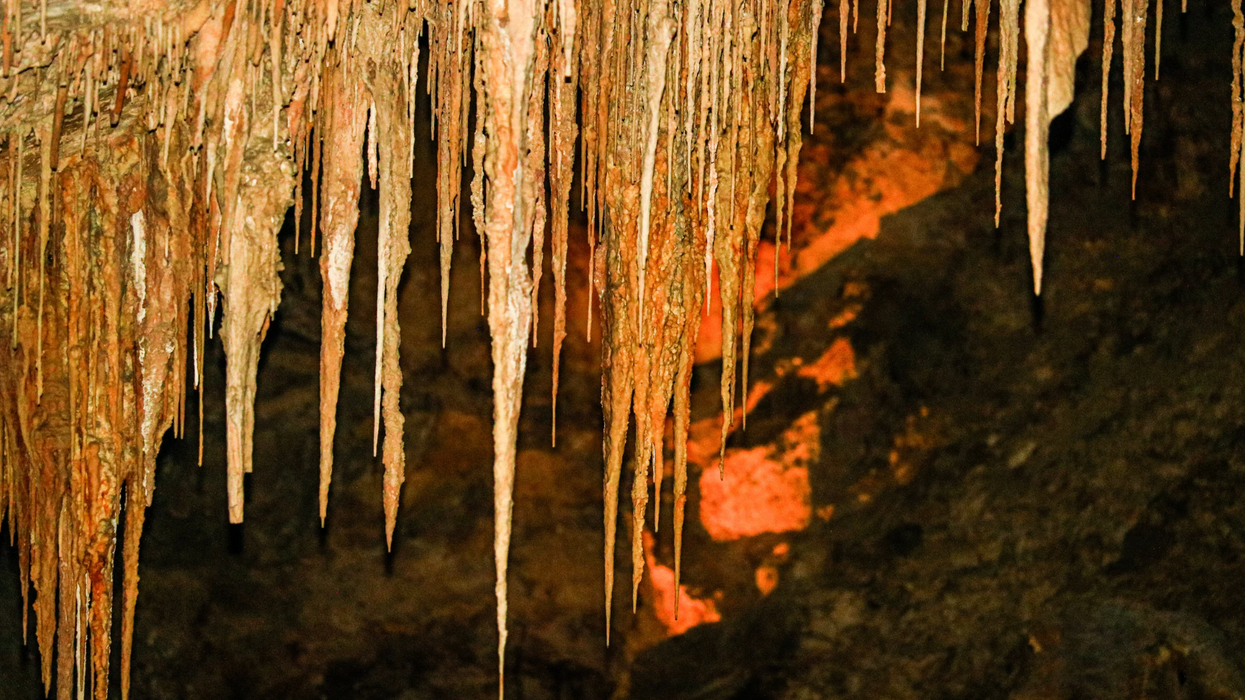One summer during high school I worked a seasonal landscaping job. The crew was made up of unskilled lawnmower jockeys—like myself—and skilled tradesmen who, for one reason or another, found themselves temporarily unable to work in their trade. I once asked a new member of the team what he did for a living. He chuckled derisively and said, “I slap together toothpicks wrapped in plastic.”
Nothing about his sentence made any sense to me, so I nodded a teenagery “oh, yeah, totally” nod and left it alone.
I learned later that this new guy was a carpenter—a very skilled carpenter with a once-thriving career building modern suburban homes (aka McMansions). It turned out he was working with us because he—a guy with a real passion for lasting craftsmanship—hated what he did. He broke it down for me, in his bitter way, like this:
1. “These homes fall over if your fat uncle farts at Thanksgiving.”
As the recent and recurring storms of climate change have proven (in New Orleans and the Jersey shore, among other places) modern house construction—even if done well—is not designed to take a beating. Within the last seven years, Hurricane Katrina, tropical storm Irene, and Hurricane Sandy destroyed 340,000, 700, and 15,000 homes, respectively. The ubiquitous 2x4 construction method is fast and cheap, but not strong. Homes are no longer designed, nor built, to shelter generations of a family. Carpenters refer to 2x4s as “sticks” or “toothpicks” for a reason.
2. “You’d have more luck keeping the heat inside by asking it nicely.”
To combat the rampant heat loss through a wall of spaced 2x4s, builders place petroleum-based fiberglass insulation (with an R-Value—or measure of thermal resistance, or insulation value—of 15) between the studs. When a steady breeze is applied, the fiberglass insulation—due to air leaks—does no better keeping the cold out than if the wall were just naked studs. (Ha! Naked studs...)
To combat the air infiltration, builders wrap the outside of the framed walls with a thin petroleum-based sheet of plastic (R-Value of 0)—underneath the petroleum-based vinyl siding (R-Value of 2)—to prevent airflow. This method is an extremely energy—and petroleum-intensive construction process—and for all that environmental expense, we end up with a flimsy home made of toothpicks wrapped in plastic.
Luckily, there are alternatives. By breaking with convention, putting some thought into siting, and considering the earth during planning, you could have a home that is efficient, relatively inexpensive (to build and keep), and will shelter your family for generations.
Alternative: A Straw-Bale House
Straw’s natural global abundance and—when packed tightly—natural flame retardation properties, high insulation value, and structural strength have made it a popular method for building homes for tens of thousands of years. Structures dating back to the late paleolithic era—the period ranging from 2.6 million years ago to 10,000 years ago—have been found still standing on the plains of Africa.
Straw-bale walls have a natural R-Value of 30 to 35—twice the insulation value of a fiberglass insulation. The stucco or plaster that is adhered to both sides of the straw bales completely stops the wind and moisture from penetrating the house. The thick walls of a straw-bale home, especially if reinforced with attractive timber frames, will stand through the changing climate’s storms. Also, the oil used to bale and ship the straw is the only oil used in the process.
Straw bale homes are enjoying a renaissance as would-be homeowners seek a more intelligent alternative to the mass-produced alternative. View a gallery of some beautiful modern straw-bale homes here.
Alternative: A Cob House
Cob (not corn cobs) is a construction material, similar to adobe, that is made up of sand, clay, soil, straw, and water. Like straw-bale, cob has been used to build homes since prehistoric times because it is cheap, abundant, and natural. Cob, however, is more than flame-retardant—it is fireproof.
Standard cob walls are 24-inches thick—making them incredibly strong—but, due to the poor insulation qualities of cob, even despite their thickness, they only have an R-Value of about 12—making them more efficient than a suburban house on a windy day, but less efficient than straw bale.
Cob homes provide a healthier environment for you family, as all the building materials are natural. The air in modern homes is full of pollutants from the off-gassing of chemicals contained in the industrial building materials. Cob homes are also quieter than most due to the natural sound-absorbing qualities of the cob. Many cob home owners also elect to install a green roof, as the home’s strong walls—and “earthy” feel—are conducive to a rooftop garden.
Check out this video gallery of some beautiful—and hobbit-ready—cob homes that were built for between $900 and $50,000.
Alternative: An Underground House
Let’s follow this trend to its logical conclusion. Instead of using the earth to build up your home, why not just build your home down in the earth? Humans have fought some very large animals throughout history for the right to live in caves—for some very good reasons: The earth provides unbeatable shelter from nature’s worst storms; the earth provides natural insulation keeping your home cool in the summer and warm in the winter (the earth’s temperature just a few feet down is a constant 55 degrees); the earth is fire-proof, rot-proof, termite-proof, and nuke-proof.
Many people have taken many different approaches to the challenge of living underground—modern cave dwelling, extreme excavation, abandoned tunnels, or burrowing into a hill. The most acceptable approach for modern humans—those of us who value feng shui—is the Earth House.
An Earth House is a modern structure that is half dug into the side of a hill, and half buried underneath a thin—1’ to 2’—layer of earth. This approach provides the dwellers with at least one wall with windows and light—preferably facing south (for those of us up north)—and all the efficiency and protective advantages of being underground.
Heating and cooling costs in an underground home are miniscule. The green-roof is included—in fact, required. And fire insurance is unnecessary. Flood insurance, however, might be smart. View an incredible earth house from Switzerland.
Our homes matter. It's where we put most of our money, most of our time, and all of our family. It's where we spend all the currencies of a life. If natural-built homes are stronger, safer, and a smarter investment, why settle for less just because its ubiquitous? When you're ready to build or buy a home, educate yourself and review ALL your options—not just the ones built from toothpicks wrapped in plastic.
Image via Wikipedia
















 Otis knew before they did.
Otis knew before they did.